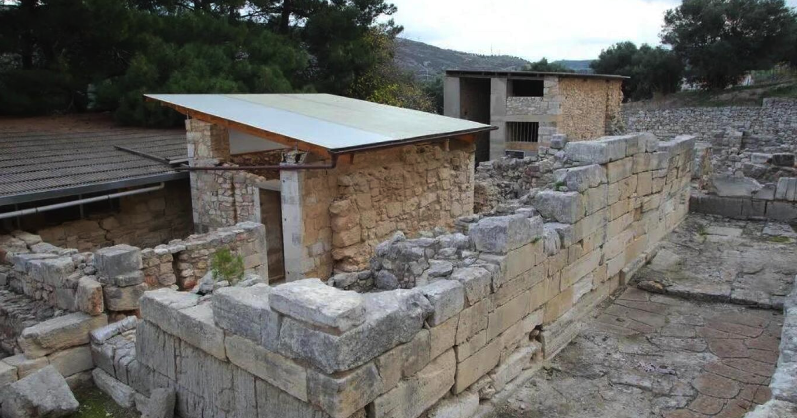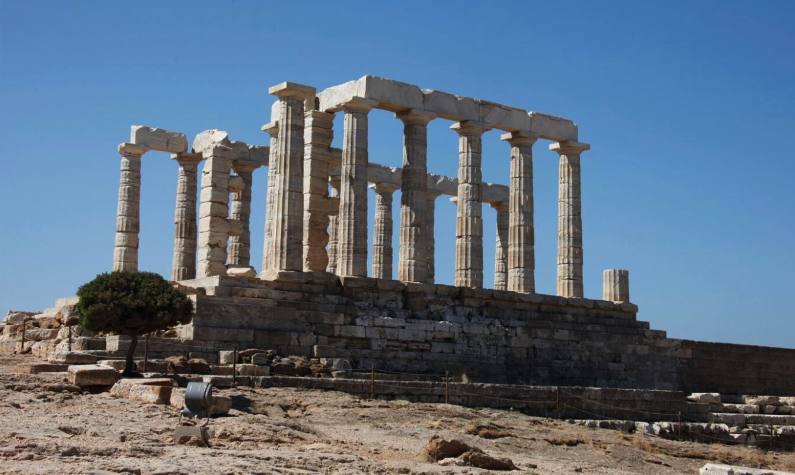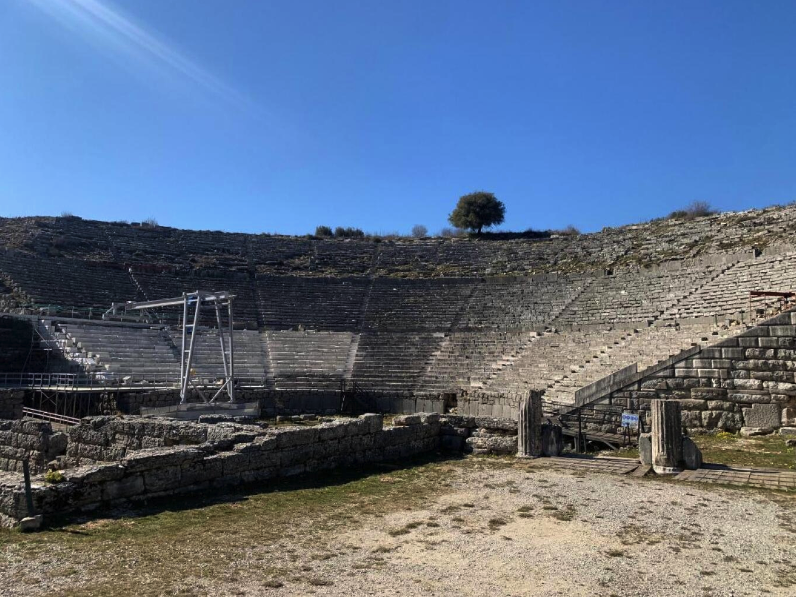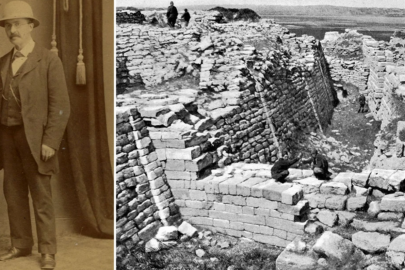Restoration works are being carried out at the “Small Palace” of Knossos, the monument located to the northwest of the central Anaktoro and is the second largest building complex of the archaeological site.
The work, which is part of the preliminary management plan for the Minoan Palace Centres, implemented by the Ministry of Culture in the context of their serial inscription on the UNESCO World Heritage List, is being carried out in the “Air Conditioning Room” and the “Catharism Tank” of the “Small Palace” complex.
“The Palace of Knossos is the largest of the centres of Minoan power. The ‘Small Palace’ of Knossos is an important monument, united with the main palace. On the basis of the record of the pathology of the monuments, the specific interventions are included in the immediate actions as they are reflected in the overall plan for the protection of the monuments of the archaeological site.
At the same time, interventions are being launched to upgrade the operation of the archaeological site and consequently the visitor’s experience” said Minister of Culture Lina Mendoni.
The load-bearing structure of the “Climacostasio” includes perimeter masonry-piles on three sides and an intermediate pile in the north-south direction, while the building is open on the north side. As part of the renovation and strengthening interventions, the works include, the closure of existing openings on the north and south elevations (except for the entrance), stitching of existing cracks, construction of a new roof.
For the ‘Clearance Tank’, the restoration of the damage caused by wind erosion and rainfall is required.
The building complex of excellent construction, with a total area of about 1500 square metres, is the second largest in Knossos. Constructed in three different levels, the lowest of which is 3 m lower than the floor of the main structure, it is developed in three main sectors and presents the architectural types typical of Minoan palaces (sub-post crypt, polygons, staircases and a purgatory tank).
After the first excavations in the area of the ‘Small Palace’ by A. Evans and D. Mackenzie (1905-1910), restoration work was carried out on the ‘Staircase’ by Piet de Jong in 1931, with the completion of the walls and the installation of a roofing by Piet de Jong, while important restoration work was carried out by the curators Nikolaos Platon (1956-1957) and Stylianos Alexiou (1971-1974).
In the western sector of the ‘Small Palace’ complex is the ‘Tank of Purgation’. The ‘Tank of Purgation’ is a representative example of neo-palatial architecture and throughout the life of the complex it had important religious and ritual uses. The Minoan clay plaster preserves the impressions of the ribbed wooden columns, which are of unique archaeological and architectural value.
Nea Aristera (New Left) exposes Kasselakis on commitment to 5% of GDP in healthcare
The main concern of A. Evans himself, already since the discovery of the ‘Tank’, was to protect these impressions. Thus, in 1910, a wooden roof with tiles and three skylights was constructed. In 1956, this structure was replaced with a roof by the then Curator N. Plato.
Due to the opposite slope of the roof, which allowed rainwater to flow in, and its poor state of preservation, it was deemed necessary to replace it. Thus, in 2011 it was replaced with a new one made of wooden beams with purlins, on which polycarbonate sheets were fixed.






































